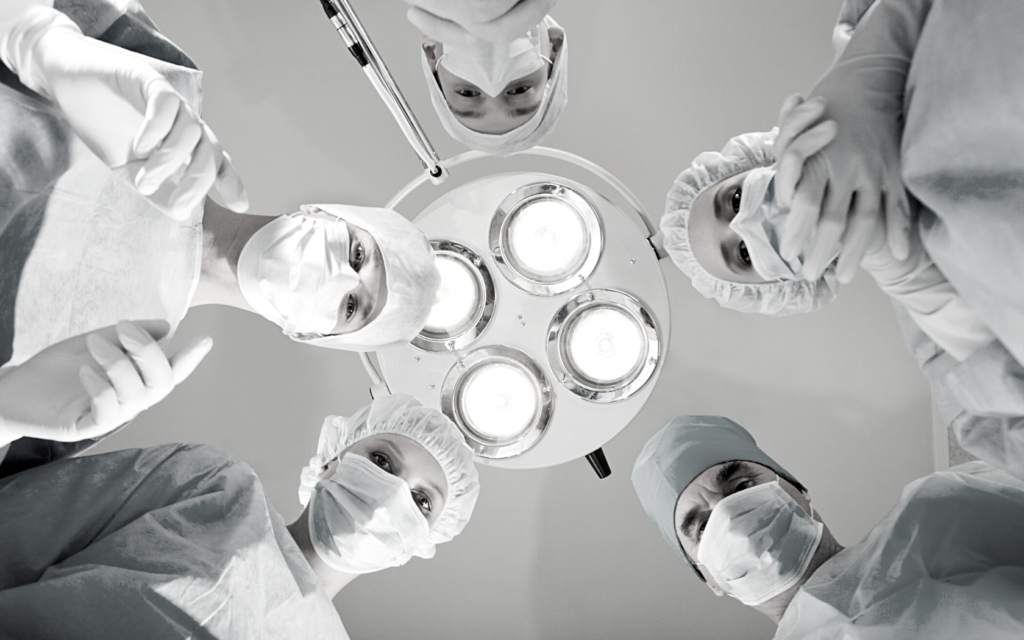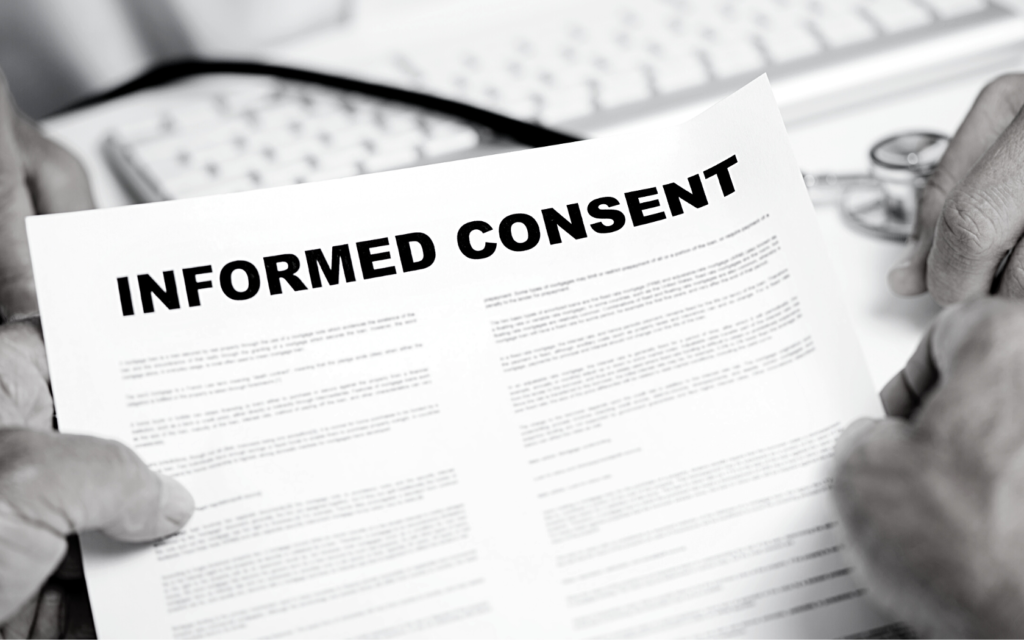You did it. You bravely went under the knife. Now you’re hoping the risk will pay off, granting you better health than ever! But what if the opposite happens? Something went wrong during the surgical procedure, and now you’re worse off than you were before. Can you sue?
Every surgery or cosmetic surgery, no matter how small, carries some measure of risk. But a negligent doctor can skyrocket that risk to the heavens. If you’ve suffered complications because of a preventable surgical error, you may be able to file a successful medical malpractice claim. Read on to find out when and how you can sue for surgery complications. You can also contact Hampton & King with any questions, risk-free and with no obligations.
Read on to learn if you can sue for surgical complications.

When Can You File A Medical Malpractice Claim For Surgical Errors?
Here’s what needs to happen in order to sue for surgery complications:
- A preventable mistake took place during the surgery.
- The surgical error breached the “standard of care”. This means that the surgeon did something other competent medical professionals in that position wouldn’t do.
- You suffered a significant injury or loss because of the mistake.
When people file medical malpractice claims, they have the burden of showing what the standard of care for their specific surgery was. They also have to prove that the surgeon deviated from it. Sounds like a tall order, right? At this point, you’re probably wishing you had studied medicine. Or if you did study medicine, you had focused on a different field.
Let us ease your mind. When we say “you have the burden”, we don’t mean you have to understand all the medical jargon (and how it applies to the law) backward and forwards. That’s a job for your legal team!
Your lawyers won’t have a stack of medical degrees either. But they have access to medical experts who do. And those experts can provide testimony to support your case. This is essential to building your case and getting justice (and compensation) for what happened to you. They can also answer if you can sue for surgery complications.
Surgical Complications Due To Medical Malpractice
Negligence in the operating theater is a serious matter. Surgical errors, sometimes referred to as “never events” because they are events that should never occur, can have dire consequences for patients. A surgical error can ruin a person’s life. Here are some of the most common surgical errors involved in medical malpractice cases:
- No informed consent. Before you undertake the risks of surgery, you have to sign a document that says you’re aware of them. Your doctor has the obligation to explain what could go wrong and offer alternative treatments if there are any. When you say “yes”, it’s called informed consent.
- Leaving objects inside a patient. A surgeon uses many instruments during surgery. (Think sponges, clamps, forceps, curettes, etc.) But none of those belong inside a patient’s body after the fact. If a surgeon’s negligence leads to a pair of scissors showing up on an X-ray, that’s a real problem…
- Operating on the wrong area. This is called wrong-site surgery. Imagine an amputee finding out that his surgeon removed the wrong leg. These cases are rare. But when they do happen, they turn over millions in damages for victims.
- Unnecessary surgery. Wrong patient surgery is when a surgeon performs an operation on the wrong patient, typically because of the doctor’s negligence or because someone mixed up their files. The medical professional might misdiagnose a patient and perform unnecessary surgery that way as well.
- Anesthesia mistakes. Anesthesia is helpful when it’s just the right amount. But too much anesthesia can create unwanted side effects, or even injure the brain. Too little can leave a patient with pain, or suffering through horrific memories of surgery.
- Substandard Performance. This is when the surgeon isn’t up to par while performing the surgery, and performs surgical errors. Or maybe they fail to take the patient’s medical history into account and make a huge mistake. Or maybe they step out of line a bit, or a lot… Take the doctor who carved his initials in his patient’s abdomen for example. That’s as substandard as it gets.

Your Medical Malpractice Lawsuit: How To Sue For Surgical Complications
Was your life turned upside down because of a surgical error and negligence? If so, you’re probably wondering what your options are. Can you sue for a botched surgery? You have loads of medical bills piling up like dirty dishes on a Saturday. Who should pay them? The surgeon? The hospital? Their insurance? One thing is clear: it shouldn’t be you.
If you can prove medical malpractice (with evidence from your medical records, witnesses, expert testimony, etc), you can sue for surgical complications. The compensation you win in your medical malpractice case can help you take care of your past and future expenses. All it takes is a successful medical malpractice lawsuit. But the idea of suing probably doesn’t have you ready to break out your old high school pom poms and start cheering. You don’t have the time, the energy, or the money.
Here’s some good news. You won’t need any of those things. What you do need is a medical malpractice lawyer. Someone with experience in medical malpractice lawsuits, who can win your surgical error lawsuit. And your lawyer shouldn’t charge you unless you win. So there’s no risk of falling further into debt.
Your lawyer will also supply the time, energy, and know-how. Knowledge and experience is important for complicated surgery medical malpractice cases. So be sure to pick a medical malpractice attorney who has handled cases similar to yours. Do you have further questions about whether you can sue for surgical complications? Contact us here. We’re available and ready to help 24/7!




